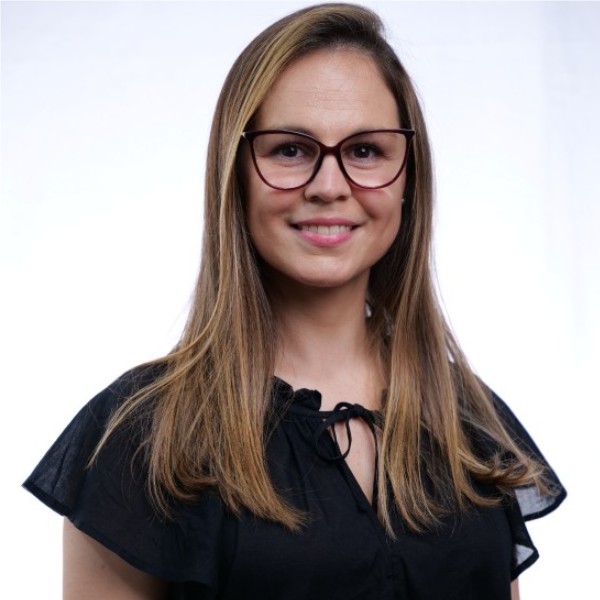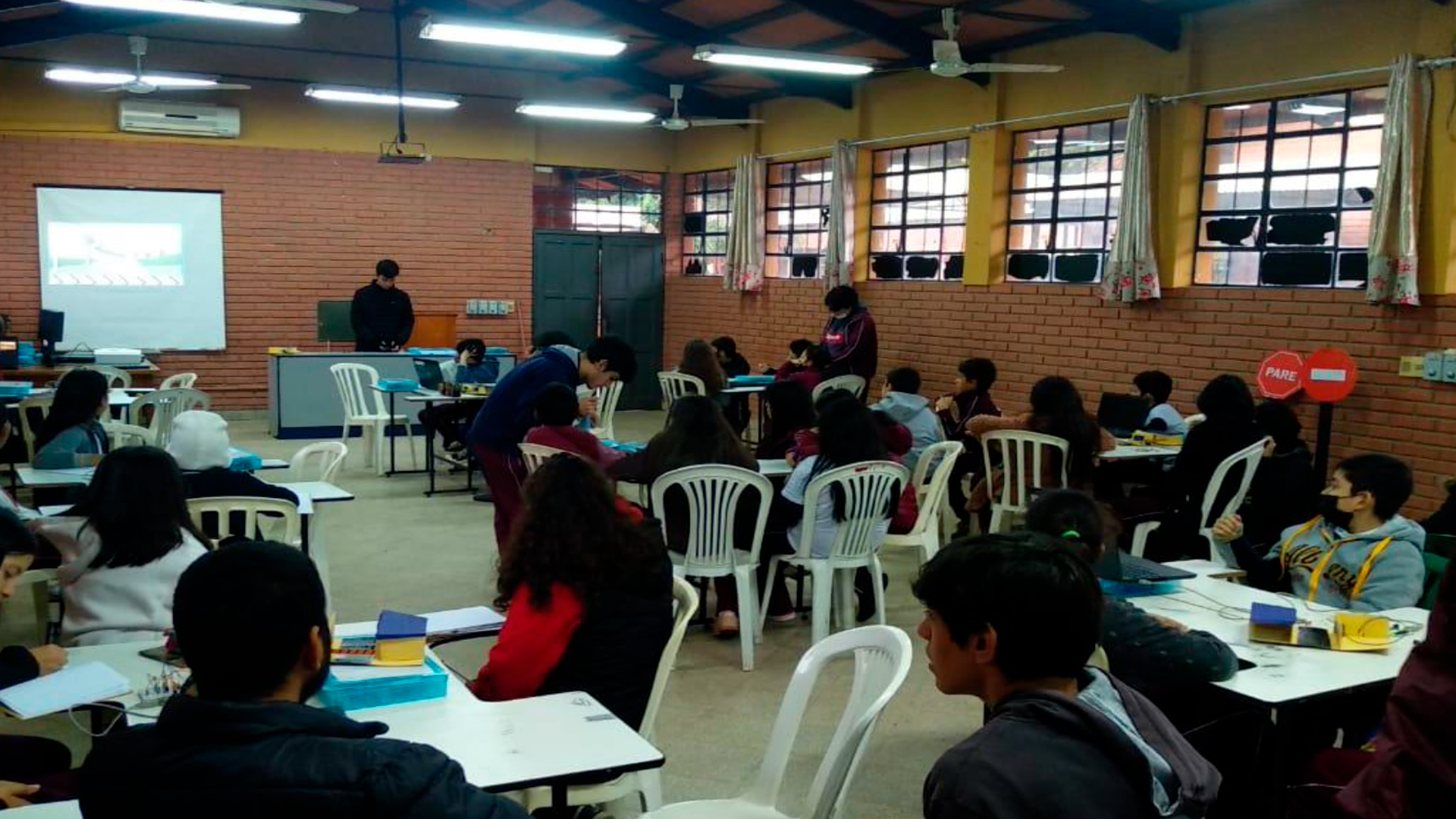Coding
Interview
Patricia Escauriza: “Programming helps develop both hard and soft skills”
Patricia Escauriza is a specialist in Educational Innovation in Paraguay and has wide experience in education and technology projects. In this interview she shares some key points on how to make the most of computational thinking in general, and programming in particular, in the school curriculum. She also gives some advice to those who haven’t included these competences in the classroom yet.
Interviewed
mSchools
What is the link between programming and other disciplines?
Patricia Escauriza
Teaching programming in a cross-cutting way is entirely applicable to practically any subject: on the one hand, it’s what the academia says, and on the other, there is practical evidence of that in various educational settings. A basic example I always give is the use of Scratch. Scratch allows students to work with activities for all ages, since it depends on the level of the programming challenge, whether they are animations, video games, or other experiences. When I ask a fourth grade student to make an animation or a game about recycling in Scratch, they are combining and developing skills from different subjects: programming (computer science, technology); mathematics (the basis of programming); natural sciences (developing the recycling production/message); communication (code writing, as well as message, animation and script writing must all make sense); arts (there is a design behind it).
Thus we can see how it is possible to work cross-cutting skills with a simple activity, so that a primary school teacher in Paraguay, who is in charge of teaching most of these subjects, can fulfill many of the abilities required by the Ministry with one simple,creative, valuable and relevant activity.
Thus we can see how it is possible to work cross-cutting skills with a simple activity, so that a primary school teacher in Paraguay, who is in charge of teaching most of these subjects, can fulfill many of the abilities required by the Ministry with one simple,creative, valuable and relevant activity.

“Teaching programming in a cross-cutting way is entirely applicable to practically any subject”
.,
.
.
mSchools
What is the purpose of teaching programming at different educational levels?
Patricia Escauriza
It teaches students different skills. When programming and solving programming problems, students learn to:
- think critically, because they have to evaluate different situations, try out solutions, and correct some of those possible solutions that have become a problem (code correction).
- communicate effectively, because to be able to communicate their programming process, they should have first understood the task and the process correctly. Being able to explain everything correctly is a practice that needs to be built up.
- collaborate, because programming usually involves two or more people in the same project. When someone works individually, another person revises their code and that exchange involves the richness of teamwork.
- tolerate frustration and ambiguity, because they constantly work on trial and error, and perseverance results in solving and/or improving their code, among other things.
Therefore, we can see that programming develops not only hard but also soft skills that are currently necessary for the global market.
- think critically, because they have to evaluate different situations, try out solutions, and correct some of those possible solutions that have become a problem (code correction).
- communicate effectively, because to be able to communicate their programming process, they should have first understood the task and the process correctly. Being able to explain everything correctly is a practice that needs to be built up.
- collaborate, because programming usually involves two or more people in the same project. When someone works individually, another person revises their code and that exchange involves the richness of teamwork.
- tolerate frustration and ambiguity, because they constantly work on trial and error, and perseverance results in solving and/or improving their code, among other things.
Therefore, we can see that programming develops not only hard but also soft skills that are currently necessary for the global market.
mSchools
What happens in schools with no connectivity or technology available? Is it possible to approach programming?
Patricia Escauriza
In the past, programming was made first with paper and pencil and later copied into the supercomputers, which means it is possible. But the ideal situation is to use a computer. However, in Paraguay as well as in many countries in Latin America and the world, a great number of schools don't have technological equipment available, so there are indeed exercises for all the levels to carry out computational thinking with no computers. Without the Internet there are plenty of options. For example, there is https://www.csunplugged.org that has resources in different languages. Google also has many off-line exercises that teach the thinking process of programming without computers.
mSchools
Rom a rights perspective, what right is guaranteed when including programming in the school curriculum?
Patricia Escauriza
In my opinion, it guarantees quality education and equity. Today, many students who have no access to technology and programming are falling behind, and the divide between those who have access and those who don’t gets increasingly wider, which is directly related to their employment possibilities and better opportunities to finish school.
mSchools
What advice can you give to teachers who haven’t worked with programming yet?
Patricia Escauriza
I encourage teachers with a genuine vocation to surf the Internet: you will find very simple things as well as more complex ones for all levels. And you don’t have to set yourself big goals, you should start with something small, a basic activity to try with your students as a team in a context where everyone will learn together at the same level, both teachers and students, like an action research activity. Try the exercises, link them to real-life situations from your direct environment, connect them with the curriculum so that it can also be useful for the teachers. At the training courses, many teachers have told me several times, ‘This is amazing, but how do I inform or plan? It’s mainly reading the curriculum, the required skill, and designing and linking the exercises to fulfill that need, because what you do in the end should be useful for everyone.




